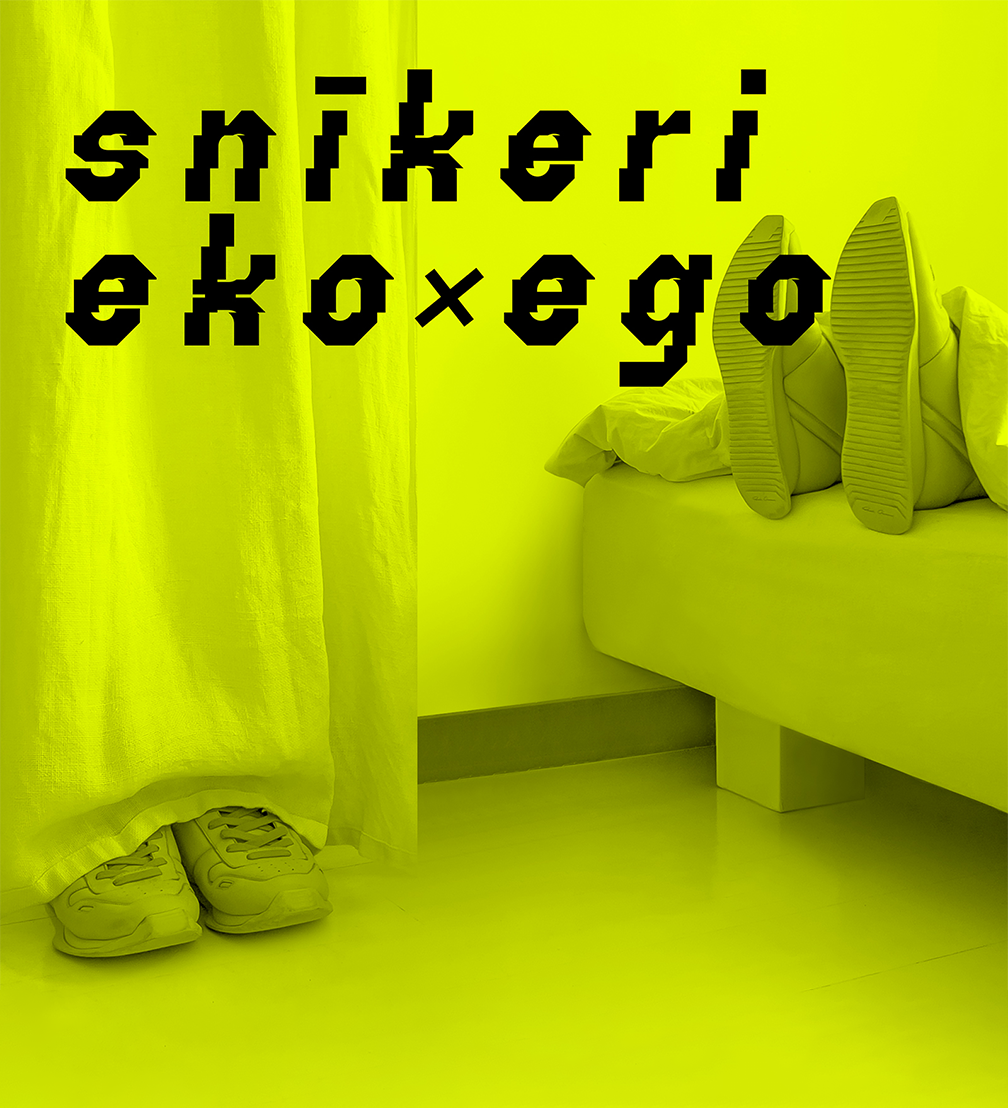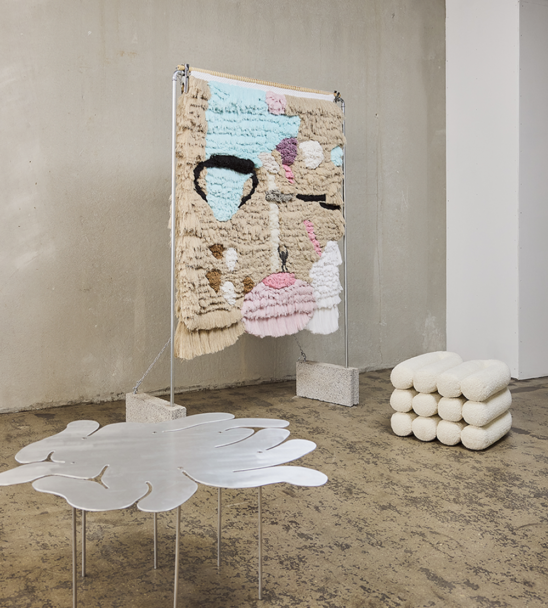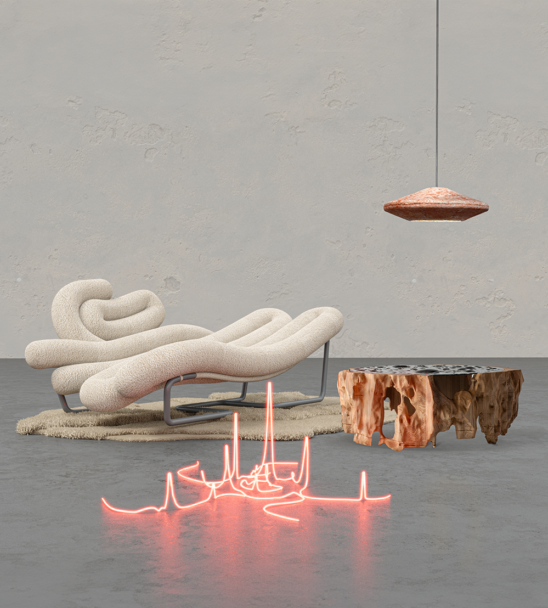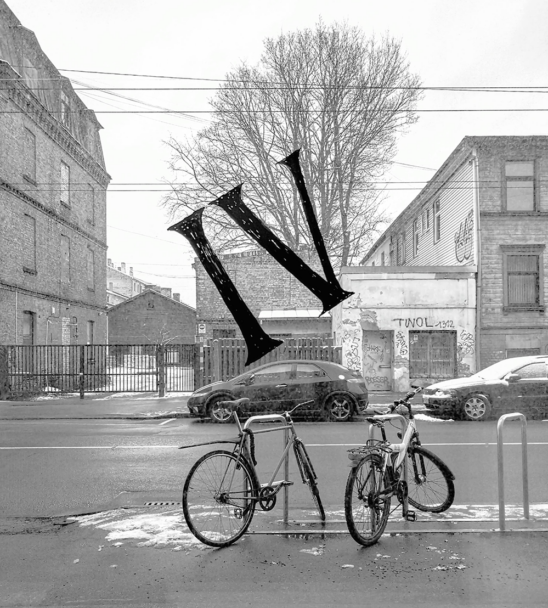
The exhibition at the Pauls Stradiņš Medicine History Museum explores the the course of sports footwear development — a subject that helps make better sense of instances where society’s idea of healthy lifestyle is shaped by consumerist dependency on the commodity market. Sneakers are a distinctly equivocal example of this trend. They are both a symbol of simplicity and comfort and an accessory of social prestige, elevated to the status of a global cult object by brand management. The exhibition is open until April 17.
«Regular innovations in the construction of sneakers and choice of materials speak of the manufacturers’ commitment to following the latest orthopaedic findings on healthy human posture. Meanwhile, the rapid succession of new models replacing each other in the sports footwear market leaves an ominous ecological footprint, which has a negative impact on our general wellbeing. Since sneakers are habitually worn not just by sports stars and hip hop icons but also by people of any age and in any number of settings, the exhibition is also an attempt to find the reason behind this hype and hazard a guess as to which aspect will dominate future patterns of sneaker design and consumption: ego or eco?» says the description of the exhibition Sneakers: Eco x Ego.
The selected items on view — from ethnographic 19th–century fetish objects to the Latvian–made 3D printer that continues producing new exhibits during the run of the show — comprise an interdisciplinary–approach–based message that aims to reflect the interaction between the sports and culture industries, the healthy–mind–in–a–healthy–body marketing, and manufacturing technologies. A collection of the Air Jordan series offers the viewer a panoramic overview of changing trends in sports footwear over the last thirty years. The present day, on the other hand, is represented virtually in the exhibition, for example, by sneaker prototypes designed by artificial intelligence, NFT production and gamer features. A prominent place has been given to sustainability solutions: a photographic insight into the adidas laboratories and Asian production plants by the photographer Alastair Philip Wiper, a range of novel materials, for instance, faux leather sneakers made from polypore fungi, algae or beans, sneaker merchandising concepts developed to limit consumerism, and new models designed by recycling old footwear.
The exhibition was curated by Elīna Sproģe in association with the museum team, incorporating contribution by Latvian professionals successfully working in sneaker design development on an international level. Designer Jānis Šnē has been working for Nike since 2021, particularly on projects of its futuristic RTFKT Studio branch. Kristofers Reidzāns, after several years at the United Nude design studio and plants in Guangzhou and Los Angeles, has now joined the innovation team of the Swiss On sports footwear team. Presenting the historical dimension and curiosities of the sneakers story would not have been possible without the generously provided opportunity of borrowing exhibits from private collections. The list of their owners is a perfect sample of the diverse sneakerhead community: a physiotherapist, a rapper, a basketball player, a shop owner, an art gallerist, a renovator, and many more. If not always socially critical then definitely ironic counterbalance to the presence of big–name brands at the exhibition is provided by artists: Tommy Cash, Gary Lockwood, Paula Ulargui Escalona, Martin Sallieres, Sander Wassink, Alex Di Giuseppe and Shun Ping Pek. The exhibition was designed by the architecture and design studio Sampling.
You can follow the news of the exhibition and its accompanying programme on the Pauls Stradiņš Medicine History Museum website.




Viedokļi